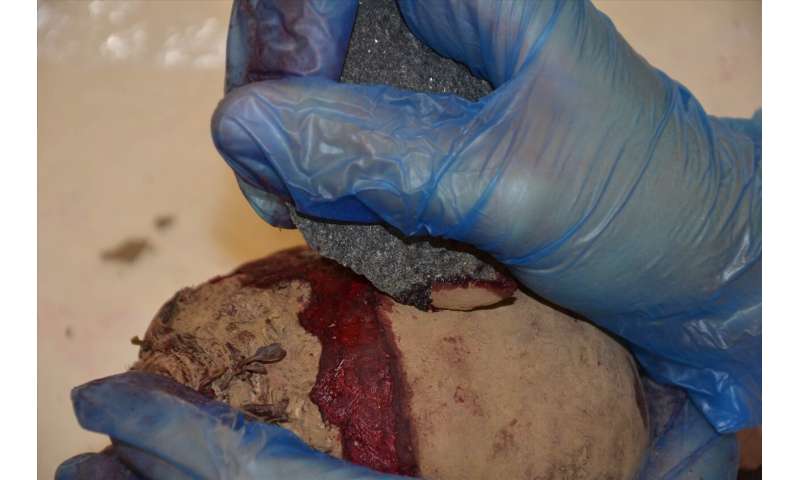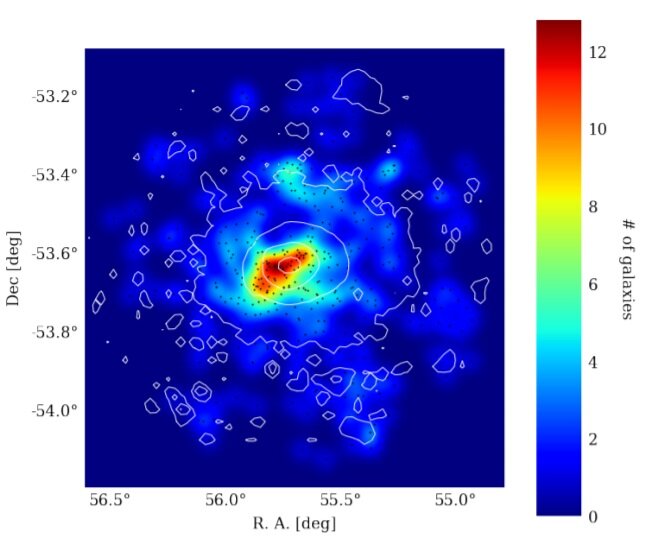#First exhaustive analysis of use-wear traces on basalt tools from Olduvai
“#First exhaustive analysis of use-wear traces on basalt tools from Olduvai”

The Centro Nacional de Investigación sobre la Evolución humana (CENIEH) has participated in an experimental study published recently in the journal Archeological and Anthropological Sciences, on the possible uses of tools fashioned from basalts—volcanic rocks that are highly abundant—at the Olduvai Gorge sites in Tanzania. It is the first exhaustive analysis of the relationships between the petrological characteristics of this raw material and the formation of use-wear traces.
In addition to providing elements of great significance for interpreting human behavior at Olduvai Gorge, the results of this research led by the archeologist Patricia Bello-Alonso furnish a model which will enable comparative studies for lithic industry assemblages in volcanic rocks from different archeological and geological contexts to be conducted.
“The results we have obtained are a fundamental resource for analyzing the ways stone tools were used at the archeological sites located in Beds I and II, in general, and at the Thiongo Korongo (TK) site in particular as, in this area, volcanic rocks are one of the key raw materials for the technological and, therefore, evolutionary development of the different hominin groups that occupied Olduvai more than two million years ago,” explains Bello-Alonso.
Reference Collection
The main objective of the research, in which the Museo de Ciencia Naturales and the Instituto de Evolución Humana en África in Madrid also participated, was to determine how traces are formed in basalts at both the macro and micro scales, to enable their use to be identified. To do so, non-retouched flakes were employed and a wide variety of organic materials was worked upon: animal carcasses, tubers, wood, grass, cane and fresh bone.
“Carrying out these operations has allowed us to compile an experimental reference collection for greater understanding of the role played by the internal and chemical structure of basalts in the formation and development of use-wear traces,” she adds.
More information:
Patricia Bello-Alonso et al. Experimental approaches to the development of use-wear traces on volcanic rocks: basalts, Archaeological and Anthropological Sciences (2020). DOI: 10.1007/s12520-020-01058-6
Provided by
CENIEH
First exhaustive analysis of use-wear traces on basalt tools from Olduvai (2020, July 20)
retrieved 20 July 2020
from https://phys.org/news/2020-07-exhaustive-analysis-use-wear-basalt-tools.html
This document is subject to copyright. Apart from any fair dealing for the purpose of private study or research, no
part may be reproduced without the written permission. The content is provided for information purposes only.
If you want to read more Like this articles, you can visit our Science category.
if you want to watch Movies or Tv Shows go to Dizi.BuradaBiliyorum.Com for forums sites go to Forum.BuradaBiliyorum.Com




